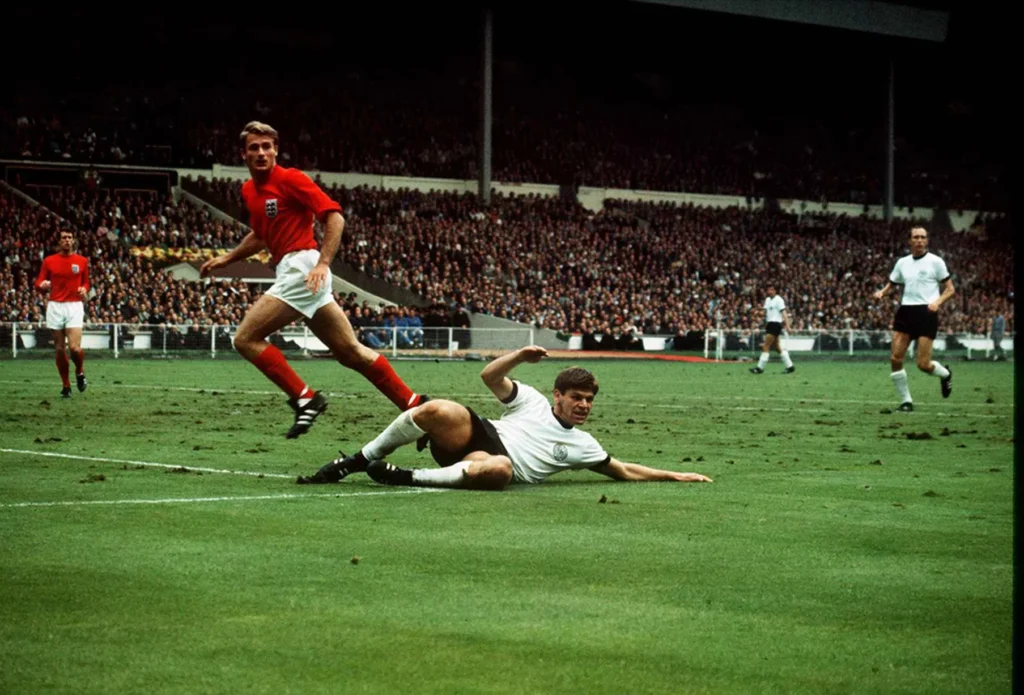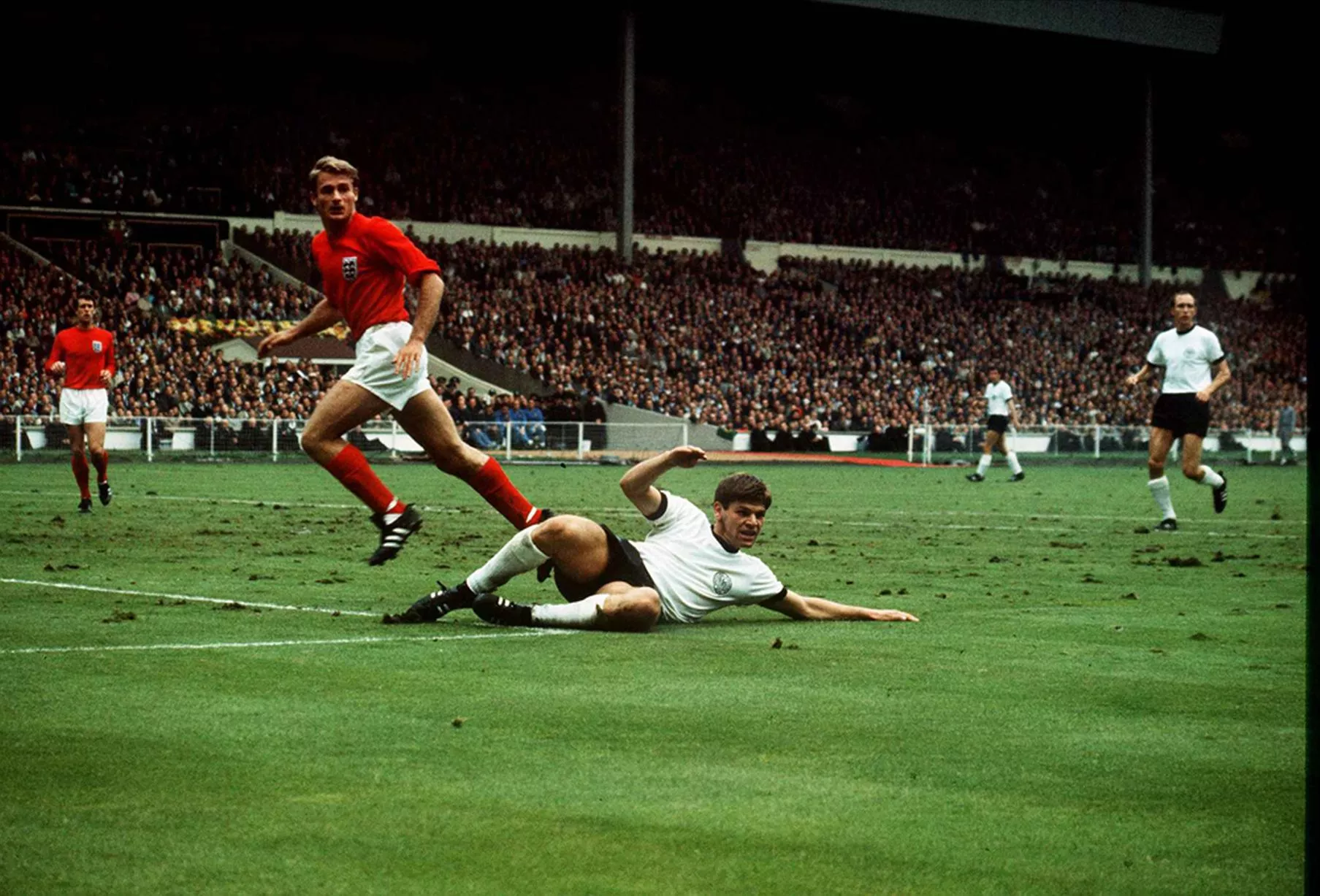
A Deep Dive into the 1966 World Cup Bracket: History, Highlights, and Lasting Legacy
The 1966 FIFA World Cup, hosted by England, remains an iconic moment in football history. Beyond the unforgettable final and England’s triumph, the tournament’s structure, meticulously laid out in the 1966 World Cup bracket, played a crucial role in shaping the competition’s narrative. Understanding the nuances of the 1966 World Cup bracket provides valuable insight into the strategies, matchups, and ultimately, the path to glory for the eventual champions. This article delves into the intricacies of the 1966 World Cup bracket, exploring its key stages, memorable encounters, and the enduring legacy it left on the world of football.
The Tournament Format and Group Stage
The 1966 World Cup featured 16 teams, divided into four groups of four. The top two teams from each group advanced to the quarter-finals, forming the knockout stage of the 1966 World Cup bracket. This format ensured that only the most consistent and competitive teams had a chance to compete for the coveted trophy.
- Group 1: England, Uruguay, Mexico, France
- Group 2: West Germany, Argentina, Spain, Switzerland
- Group 3: Brazil, Portugal, Hungary, Bulgaria
- Group 4: Soviet Union, North Korea, Italy, Chile
The group stage witnessed several surprising results and memorable performances. Defending champions Brazil, led by Pelé, struggled to replicate their previous success, while debutants North Korea made a stunning impact, ultimately progressing to the quarter-finals.
Navigating the Knockout Stage: The 1966 World Cup Bracket Unfolds
The knockout stage of the 1966 World Cup bracket was where the true drama unfolded. The quarter-finals, semi-finals, and the final itself provided a series of captivating matches that defined the tournament’s legacy.
Quarter-Finals: Defining Moments
The quarter-final matchups in the 1966 World Cup bracket were:
- England vs. Argentina
- West Germany vs. Uruguay
- Soviet Union vs. Hungary
- Portugal vs. North Korea
England’s controversial victory over Argentina, marred by contentious refereeing decisions, remains a talking point to this day. West Germany comfortably defeated Uruguay, while the Soviet Union overcame Hungary. The most dramatic quarter-final saw Portugal mount an incredible comeback against North Korea, overturning a 3-0 deficit to win 5-3, showcasing the unpredictable nature of the 1966 World Cup bracket.
Semi-Finals: The Road to Wembley
The semi-finals pitted England against Portugal and West Germany against the Soviet Union. England, spurred on by their home crowd, secured a 2-1 victory over Portugal, with Bobby Charlton scoring both goals. West Germany displayed their tactical prowess, defeating the Soviet Union 2-1. These results set the stage for a highly anticipated final between England and West Germany, a clash that would become etched in football folklore.
The Final: England’s Crowning Glory
The final of the 1966 World Cup, played at Wembley Stadium, is arguably the most famous match in English football history. England faced West Germany in a tense and captivating encounter that went to extra time. With the score tied at 2-2, Geoff Hurst scored a controversial goal that was deemed to have crossed the line, putting England ahead. Hurst completed his hat-trick in the dying seconds, sealing a 4-2 victory for England and securing their first, and to date only, World Cup title. The 1966 World Cup bracket culminated in a moment of national celebration for England.
Key Players and Tactical Innovations
The 1966 World Cup bracket showcased a wealth of talent and tactical innovations. England’s Alf Ramsey adopted a ‘wingless wonders’ formation, emphasizing defensive solidity and disciplined teamwork. West Germany, led by the legendary Franz Beckenbauer, employed a more fluid and attacking style of play. Portugal’s Eusébio emerged as the tournament’s top scorer, displaying his incredible pace, power, and goal-scoring ability. The tactical battles and individual brilliance on display throughout the tournament contributed to the 1966 World Cup bracket’s enduring appeal.
Controversies and Lasting Impact
The 1966 World Cup bracket was not without its controversies. The quarter-final match between England and Argentina was marred by contentious refereeing decisions, leading to accusations of bias. Geoff Hurst’s controversial goal in the final continues to be debated by fans and pundits alike. Despite these controversies, the 1966 World Cup had a profound and lasting impact on the world of football. It solidified England’s place among the elite footballing nations, inspired a generation of players, and contributed to the growth and popularity of the sport worldwide.
The tournament also introduced new tactical approaches and highlighted the importance of teamwork and discipline. The success of England’s ‘wingless wonders’ formation influenced subsequent generations of coaches and players. Furthermore, the 1966 World Cup helped to break down cultural barriers and promote international understanding through the shared passion for football.
Analyzing the 1966 World Cup Bracket: What-If Scenarios
It’s always interesting to consider what might have been. What if Brazil had performed to their expected level? What if North Korea hadn’t run out of steam against Portugal? These ‘what-if’ scenarios add another layer of intrigue to the 1966 World Cup bracket. Analyzing potential alternative outcomes allows us to appreciate the delicate balance of fate and skill that determines success in major tournaments.
For example, had Brazil advanced further in the 1966 World Cup bracket, the entire complexion of the tournament could have been altered. Their presence would have undoubtedly posed a significant challenge to the other contenders, potentially leading to different matchups and ultimately, a different champion. Similarly, a stronger showing from Italy, who were surprisingly eliminated in the group stage, could have reshaped the knockout rounds.
The 1966 World Cup Bracket in Modern Context
While football has evolved significantly since 1966, the fundamental principles of the game remain the same. The 1966 World Cup bracket serves as a reminder of the importance of tactical planning, player discipline, and a bit of luck. Modern teams can learn valuable lessons from the successes and failures of the teams that competed in the 1966 World Cup.
The emphasis on defensive solidity, as demonstrated by England, remains a crucial aspect of successful tournament football. The ability to adapt to different opponents and tactical situations is also essential. Furthermore, the 1966 World Cup bracket highlights the importance of individual brilliance, as exemplified by players like Eusébio and Bobby Charlton, who can make the difference in tight matches.
Conclusion: The Enduring Legacy of the 1966 World Cup Bracket
The 1966 World Cup bracket is more than just a historical record of the tournament’s structure. It represents a pivotal moment in football history, characterized by memorable matches, tactical innovations, and enduring controversies. England’s triumph on home soil remains a source of national pride, while the tournament as a whole continues to inspire and captivate football fans around the world.
From the surprising performances of North Korea to the tactical battles between England and West Germany, the 1966 World Cup bracket provided a platform for some of the most iconic moments in football history. Its legacy continues to shape the modern game, reminding us of the enduring power and appeal of the beautiful game. The 1966 World Cup bracket will forever be remembered as a symbol of sporting drama, national pride, and the enduring legacy of the FIFA World Cup. [See also: World Cup History] [See also: England’s 1966 Victory]
